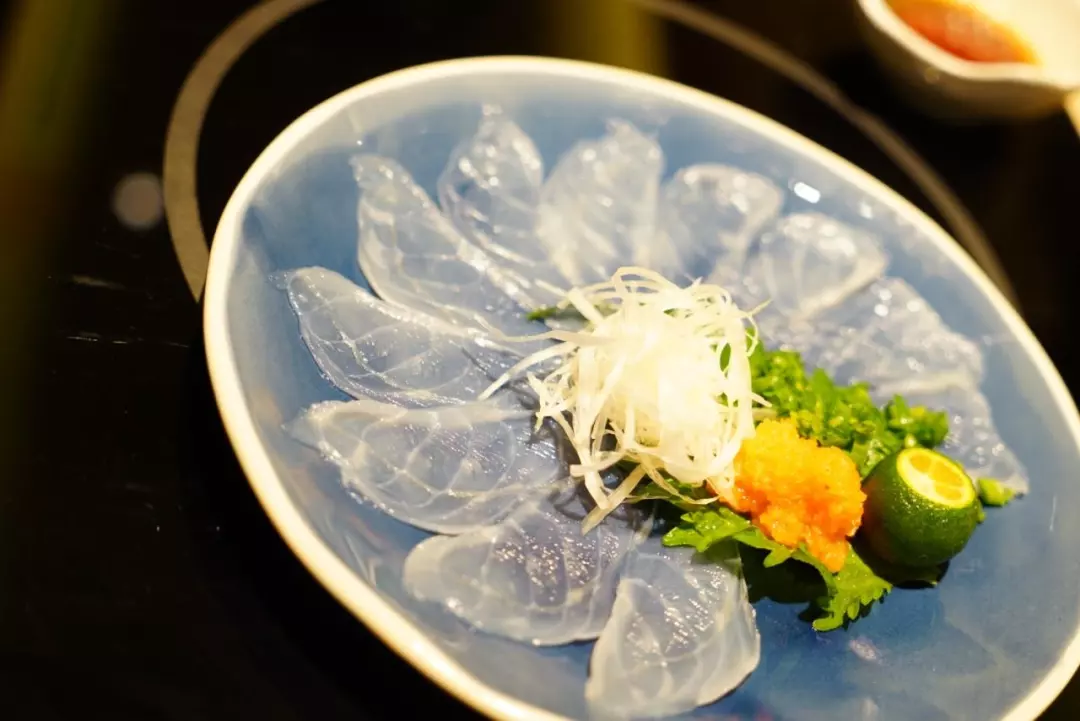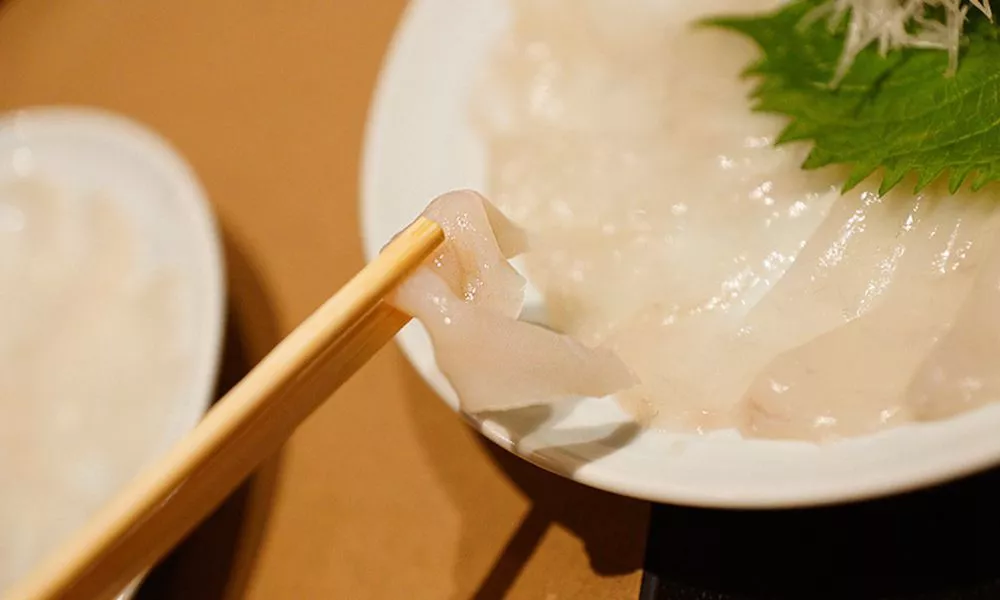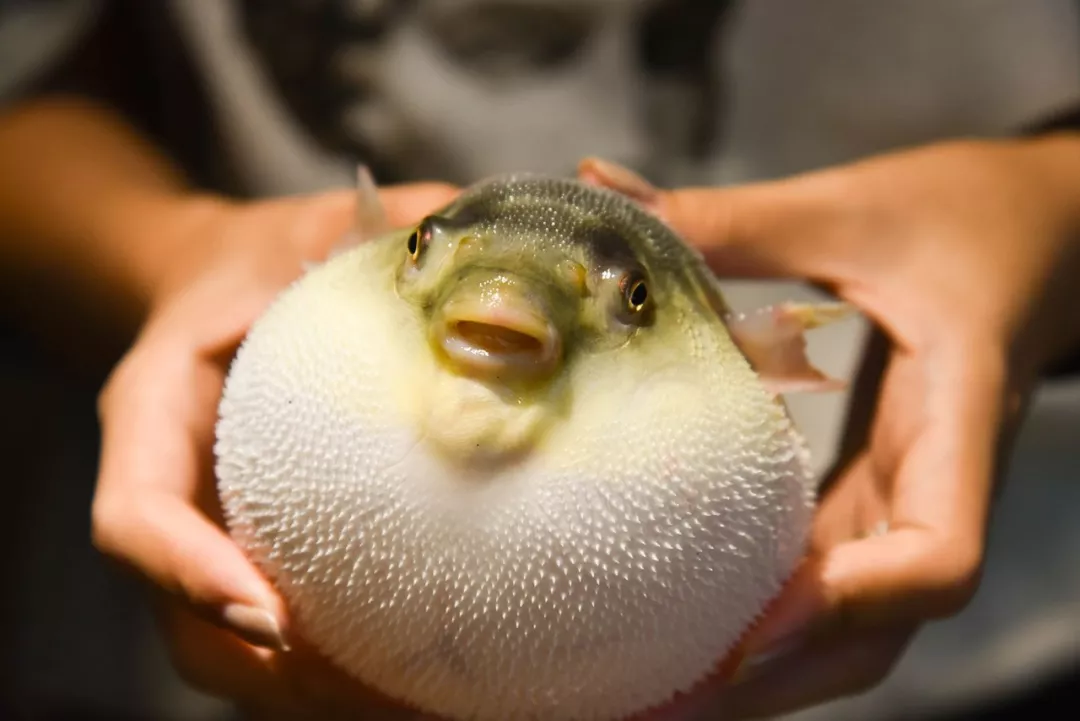Physical Address
304 North Cardinal St.
Dorchester Center, MA 02124
Physical Address
304 North Cardinal St.
Dorchester Center, MA 02124
Renowned globally for its perilous allure, Japan’s pufferfish dishes (known as fugu) have thrived for over 2,000 years – evolving from a lethal gamble into a refined winter ritual. Today, licensed fugu chefs transform this poisonous marvel into Japan’s most exhilarating epicurean experience.
True pufferfish dishes demand surgical precision:
🔪 Masterful Knife Work: Fugu sashimi is sliced paper-thin (“usuzukuri“), artfully draped over ceramic plates like chrysanthemum petals.
🌊 Oceanic Umami: Each translucent slice delivers a crisp, clean bite with subtle seawater sweetness, elevated by tangy ponzu (citrus-soy) or spicy momiji oroshi (grated radish with chili).
🧂 Safety Ritual: Only chefs with 3+ years of rigorous training (and a national license) may serve fugu, ensuring tetrodotoxin-liver/ovaries are meticulously removed.
Pufferfish dishes peak in flavor during kan-bi (寒び, cold season):
❄️ October-March Prime: Fat-marbled flesh reaches optimal texture as fish store energy against icy currents.
🎯 December-February Nirvana: Sample premium wild-caught torafugu (tiger puffer) – its richness amplified by frigid waters.

📍 Osaka’s Dotonbori: Thrill-seekers’ paradise with neon-lit fugu specialists
📍 Yamaguchi Prefecture: Shimonoseki (Japan’s fugu capital) hosts November’s Fugu Festival
📍 Tokyo’s Michelin Temples: Try 3-starred Usukifugu Yamadaya
Pro Tip: Winter travelers can join “pufferfish dishes pilgrimages” – many restaurants display official licenses and whole fish in tanks pre-preparation!